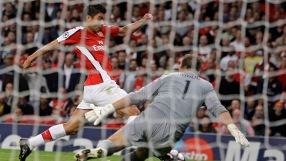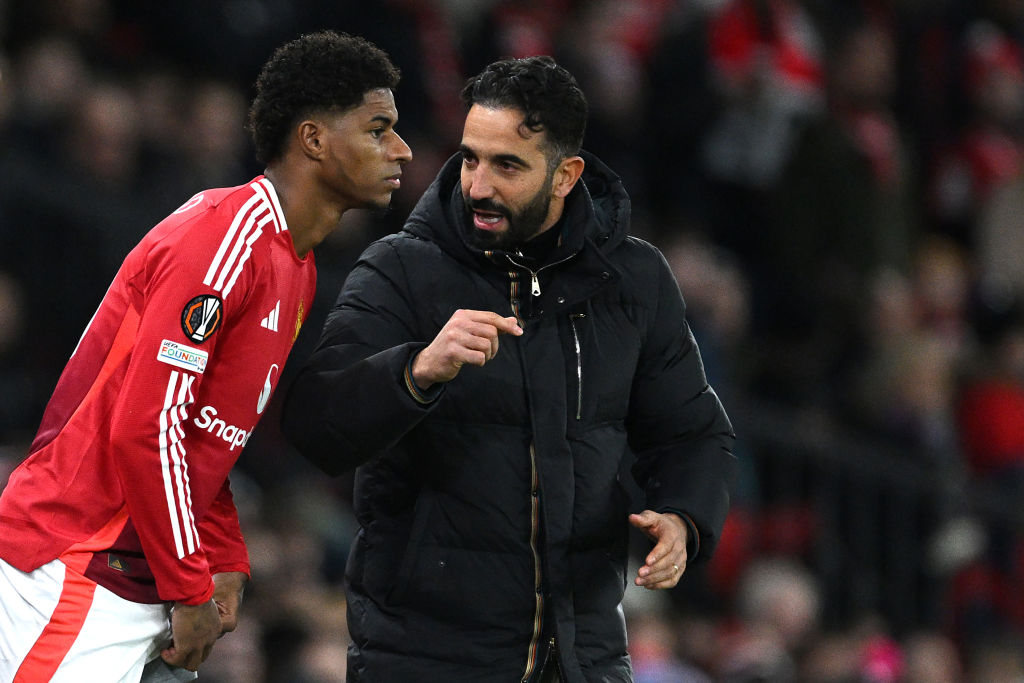Archer's bow supplies clue to diving
LONDON - Judging by the outraged roar in any sports bar when a footballer is deemed to have faked a fall in order to win a penalty, the average soccer fan can distinguish between a genuine foul and play-acting.

The vexed subject of diving has been highlighted in the early part of the British season after Arsenal striker Eduardo da Silva won an appeal against a two-match ban imposed by UEFA for diving in a Champions League qualifier against Celtic.
Eduardo was initially banned after winning a penalty when he tumbled to the ground despite no apparent contact with goalkeeper Artur Boruc.
According to research conducted by Paul Morris, a psychologist with the University of Portsmouth in England, the average fan usually gets it right.
In a telephone interview, Morris said a group of respondents were shown film of tackles from professional matches.
"We did it from games that weren't particularly famous, games that were in black and white, and we didn't show people who were particularly famous," Morris said.
"We showed people lots of tackles and we asked people in which one was there an intentional dive, people attempting to deceive the referee and ones in which there was no intention to deceive them.
"What we found was that people were remarkably consistent, everybody agreed which ones were dives, which ones were honest and also which ones they weren't sure about."
Get FourFourTwo Newsletter
The best features, fun and footballing quizzes, straight to your inbox every week.
ARCHER'S BOW
However, Morris said that although the study showed consistent responses it did not prove that the interviewees were necessarily right.
So a second study was set up in which footballers were instructed to fall honestly after a tackle or to dive.
"What we found was there was a perfect correspondence between the instructions to the diving or the non-diving player and the perceiver. So taking those two studies together we could show there was consistency and also there was accuracy," he said.
Morris has identified four factors which indicate that a player may have dived, notably the 'Archer's Bow'.
"We had to call it something, so we called it the Archer's Bow because people are bowed back like in a bow and arrow," Morris said.
"And what is so unusual about this particular behaviour is that it's not a variation on a theme that you see in an honest tackle.
"The tackled player will put their arms back, often they will put them back behind their head, the legs will go up behind their bodies, their chest is stuck out and often their head will go back.
"What is interesting about that particular behaviour is that you don't witness that in actual natural falls. If you are losing your balance you put your hands on either side to try to regain your balance.
"What you don't do is stick both hands over your head. One hand might go up, often if you are falling to one side, one hand might go down to the ground and the other hand go up but what you don't do is stick both hands above your head.
"Biomechanically people don't stick their hands above them in the air when they are falling over. This just doesn't happen"
DIFFICULT JOB
Morris said the other three factors were variations on behaviour whic
